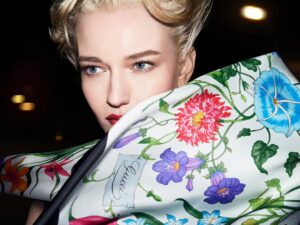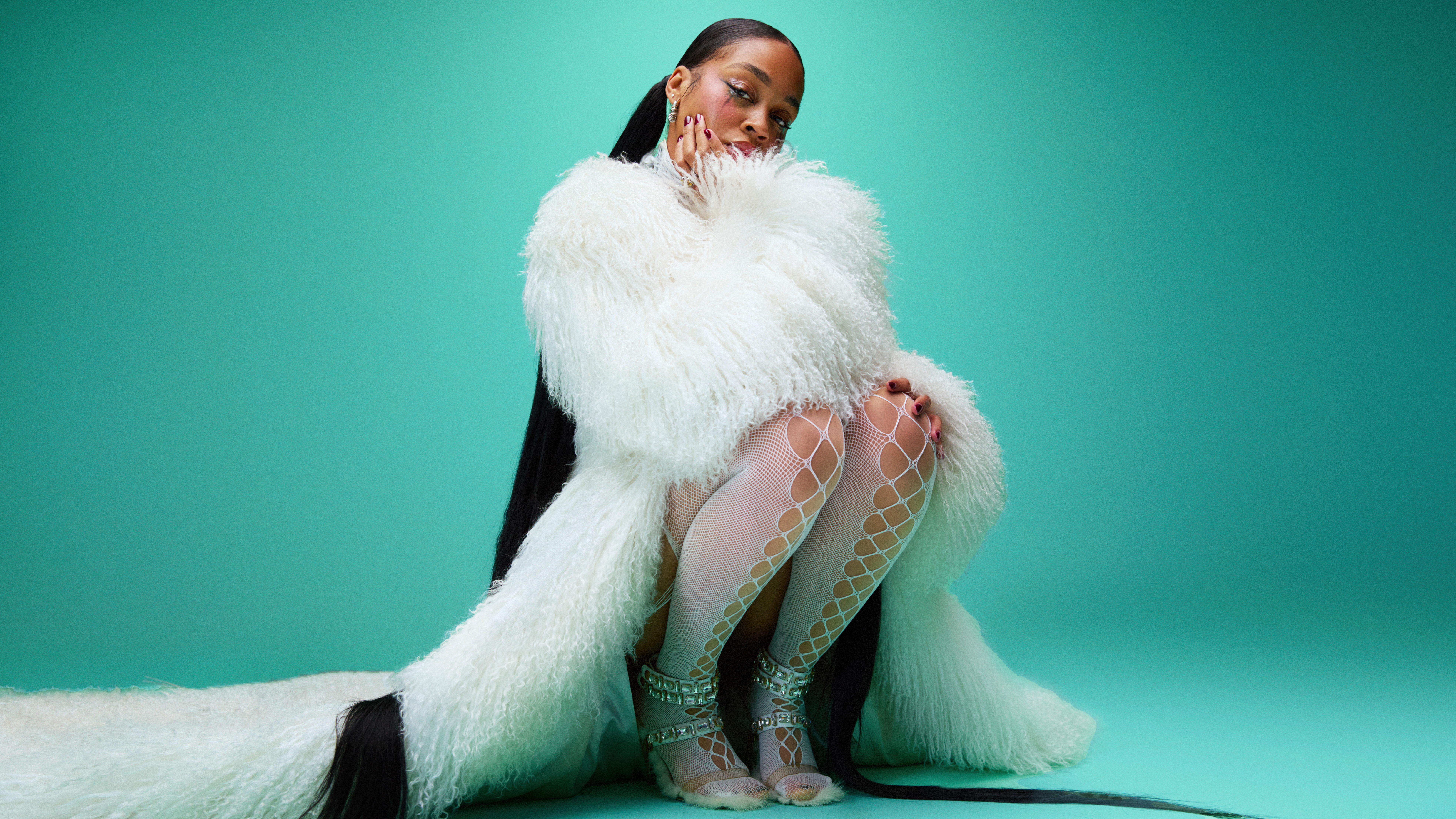Once a week at Fräulein, we dedicate our love to fashion icons, fashion victims, and those that leave a lasting impression…
The film Marie-Antoinette was debuted in 2006 and instantly harshly critiqued on the artistic choices of film director Sofia Coppola. Indeed, instead of an accurate representation of the time period (1755 – 1793) as many other biopic on the Dauphine of France, Coppola choose to represent the over the top way of life in Versailles through a joyful and girly aesthetic. From the post punk songs listen during the balls to the endless macarons orgies during her shopping sessions, the Marie-Antoinette portrayed by Kirsten Dunst is more of a rebellious teenager than a monarch.
The interesting point of vue of Coppola on the most infamous queen of France is new and shocking for some. The queen is depicted as a young women looking for a meaning in life and discovering herself as if she was a random teenager, the very criticized universe built around this character is actually a bright move, to tell the story of a women having to grew up in a cage, Coppola designed the prettiest and most royal cage.

The overall spirit of the late 18th Century is still represented thanks to garments, we can notably remarke a lot of dress “À la Polonaise”, basket dress divided in three part -like Poland during the same era- worn with stays, armatured tops similaire to corsets but shaping the silhouette as a cone (instead of an hourglass). Those accurate representation are infused with the dreamy aesthetic of the film, declined in pastel colors or even reinterpreted by our favorite designers such as Manolo Blahnik.
Hair and makeup are also in contradiction with the use of the time where the palest tan was glorified and the wigs were styled to be the most imposant as possible.
Fashion is an important aspect of the film -and of the life of Marie-Antoinette-, the pressure surrounding the foreign Dauphine in versailles is more than a 16 year old girl should endure and shopping will become an escape for the one who generously spend the Kingdom’s money.
The final act of provocation to any historian was the (gasp) pair of Converse’s Chuck Tailor under the bed of the queen.

This film is very personal for Coppola as she herself has to find the strength to break through the golden cage she grew in and her influential family. The parallel between the realistator and one of the most important figure of French history is bold but works perfectly through this lens of innocence. Facing the lost of a child and a kingdom, the child queen is -accurately this time- taking distance to the court to enjoy the simple pleasure of life. The heartwarming evolution of Marie-Antoinette left nothing but a women in the mourning, before she would tragically loose her head… (I hope I didn’t spoiled the French Revolution for anyone!)



